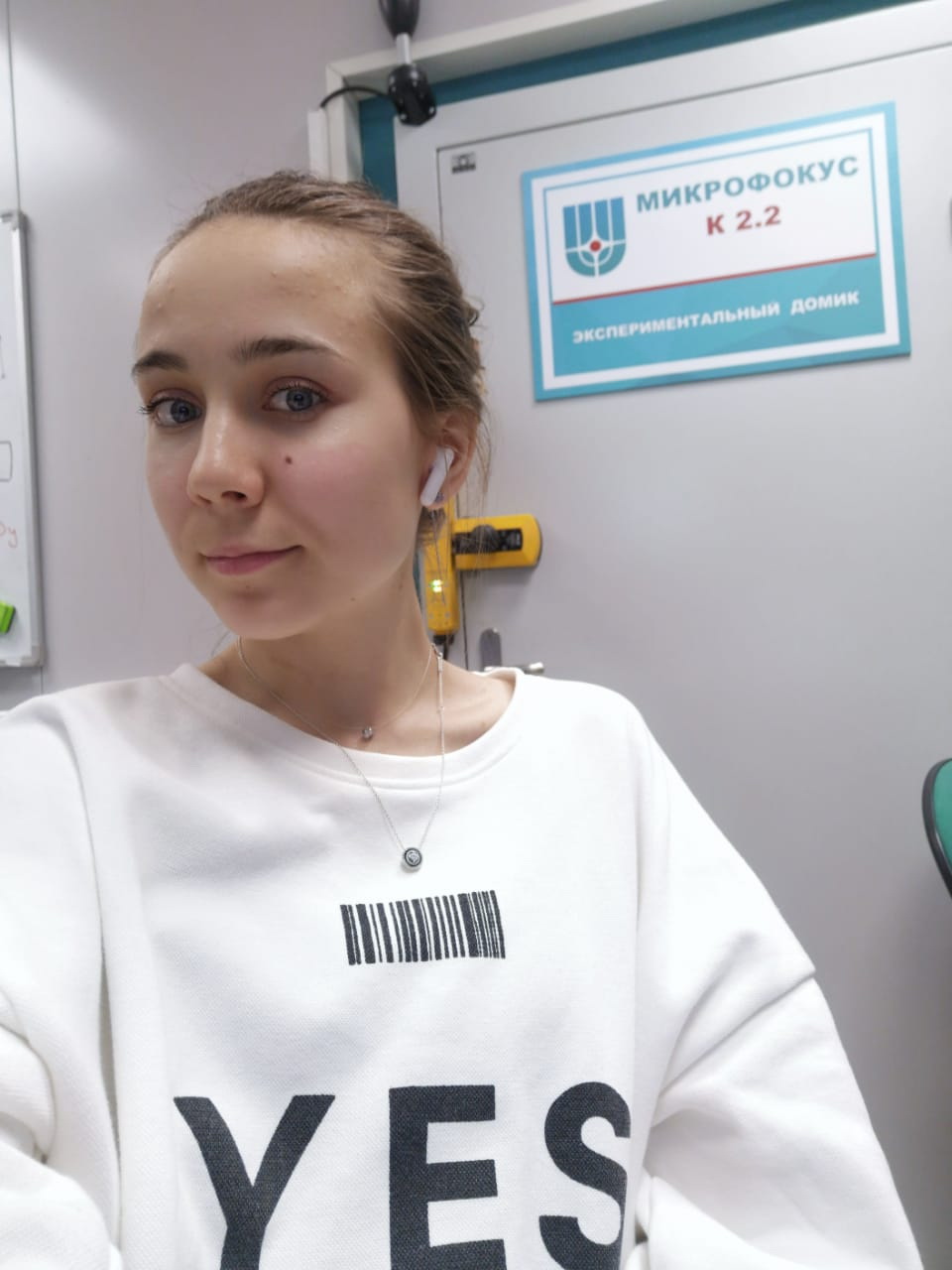Synchrotron radiation is the most universal research tool. TSU materials scientists use it study the structure of samples of new alloys. Recently, they carried out a new type of experiment at the Kurchatov Institute. Using the equipment of the Institute and TSU, they traced the specific features of changes in the structure of nickel-titanium (nitinol) wire in the process of stretching. Only TSU scientists produce this wire in Russia and its thickness is that of a human hair. They use it in the production of soft implants for the restoration of biotissues and blood vessels.
 "The uniqueness of these experiments is the determination of phase composition for samples with a diameter of less than a millimeter at the moment of loading," Marina Kovalyova, junior researcher at the Laboratory of Superelastic Biointerfaces at TSU explains. "Our wires are very thin, one can vary from 40 to 100 micrometers, and therefore it was impossible to use X-ray structural analysis in the laboratory because its source of radiation beam size is too large. Using a synchrotron, it was reduced to 40×40 micrometers, which enabled us to study a wire as thick as a human hair."
"The uniqueness of these experiments is the determination of phase composition for samples with a diameter of less than a millimeter at the moment of loading," Marina Kovalyova, junior researcher at the Laboratory of Superelastic Biointerfaces at TSU explains. "Our wires are very thin, one can vary from 40 to 100 micrometers, and therefore it was impossible to use X-ray structural analysis in the laboratory because its source of radiation beam size is too large. Using a synchrotron, it was reduced to 40×40 micrometers, which enabled us to study a wire as thick as a human hair."
Understanding the evolution of phase composition will enable researchers to predict the mechanical properties as well as the behavior of nickel-titanium wire products.
After analyzing the experimental data, scientists will understand what happens inside the wire at each stage of stretching and how the martensitic transformation proceeds, and these issues are very important for superelasticity of materials and other functional qualities.
Noted that 40- to 100-micron nickel-titanium wire is produced only at TSU. Knitted metal mesh is made of it on a special machine using methods of connecting loops. It is used for the production of hyperelastic and superelastic implants that solve defects of soft tissues, including skin, muscles, blood vessel walls, tendons, ligaments, and internal organs.
The new materials have already demonstrated high biocompatibility, therefore their implementation in clinical practice has just begun. The results of these new studies will allow scientists to bring new materials to patients faster, creating personalized implants based on the specifics of each person's body.






